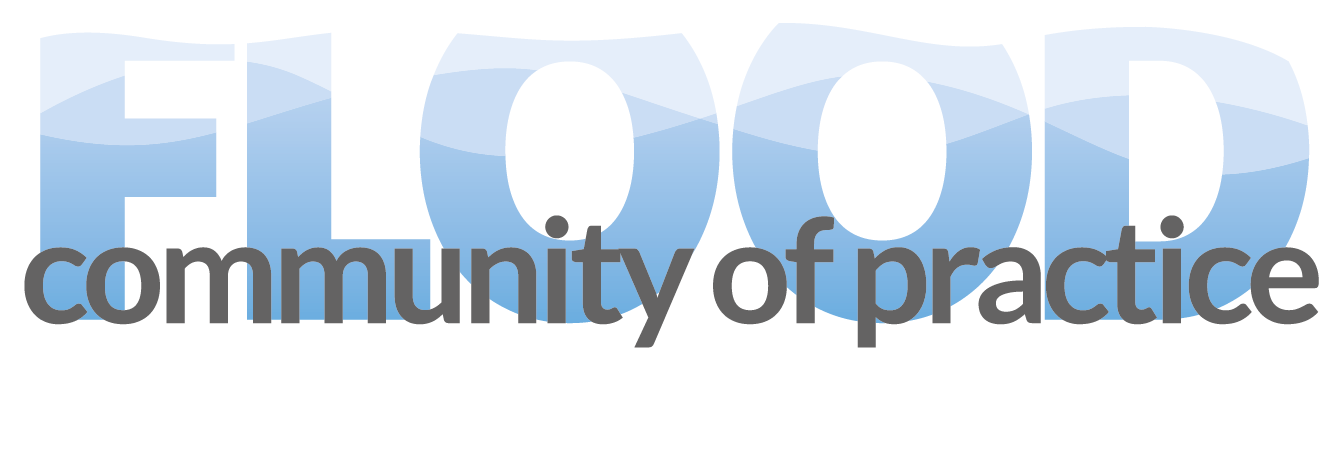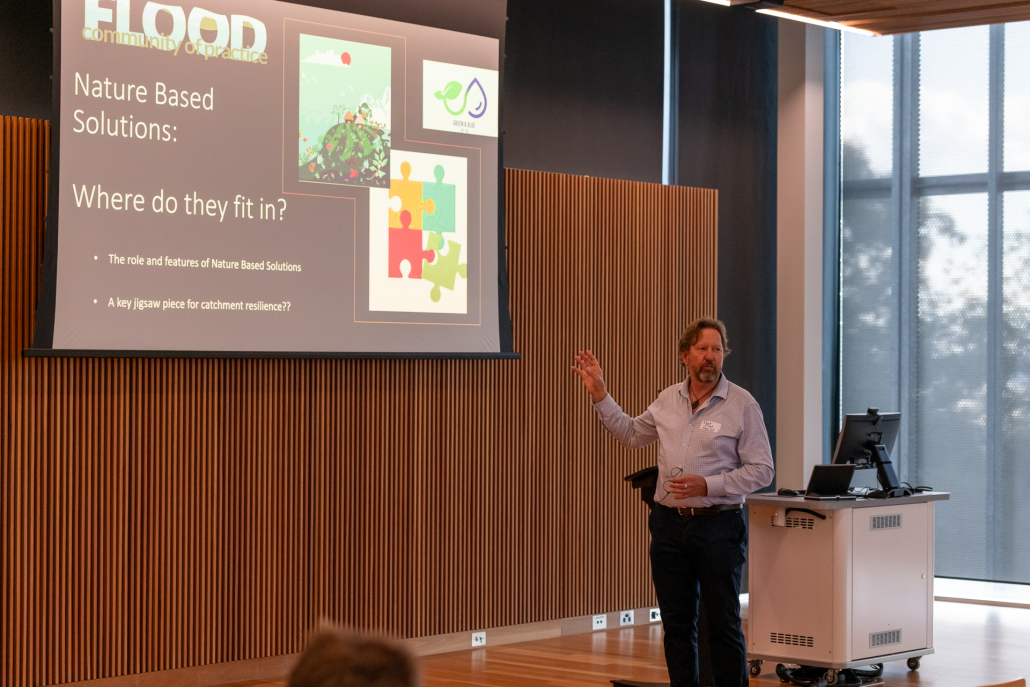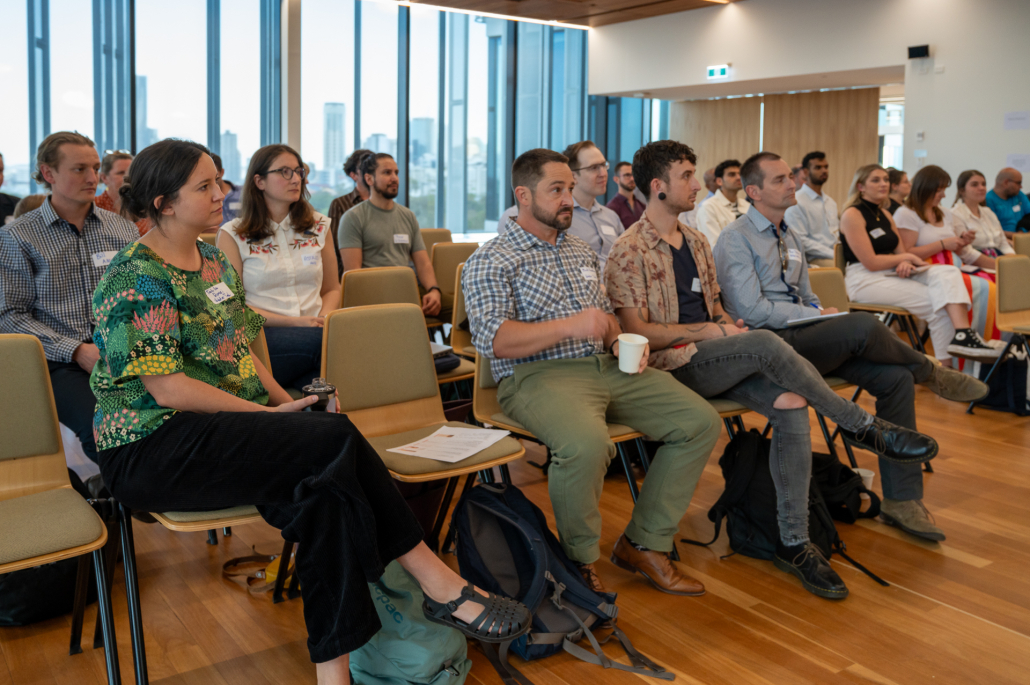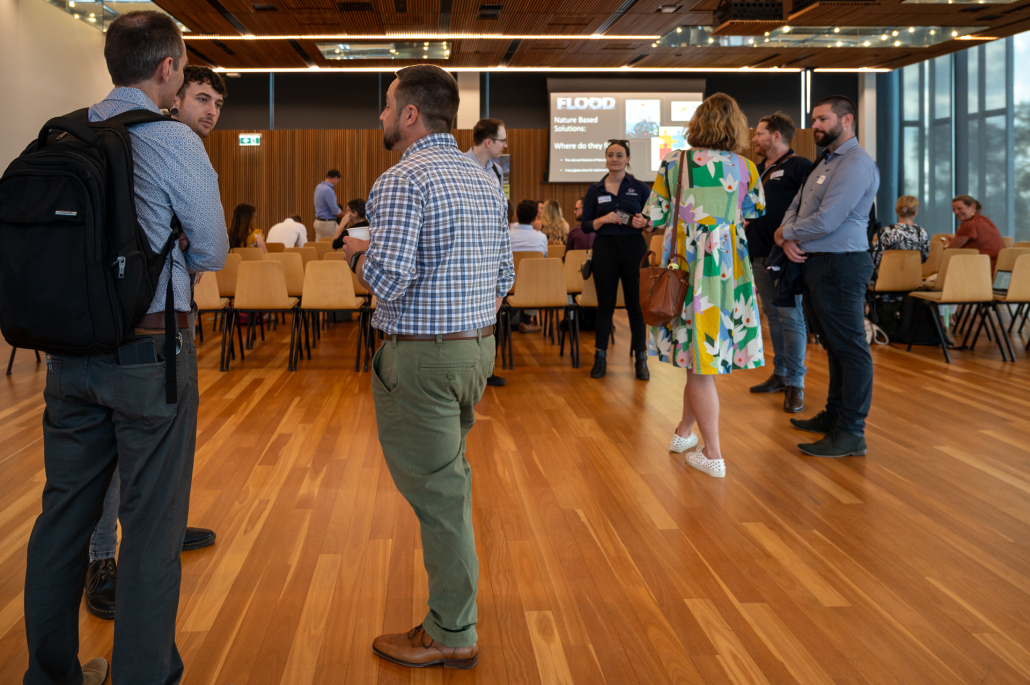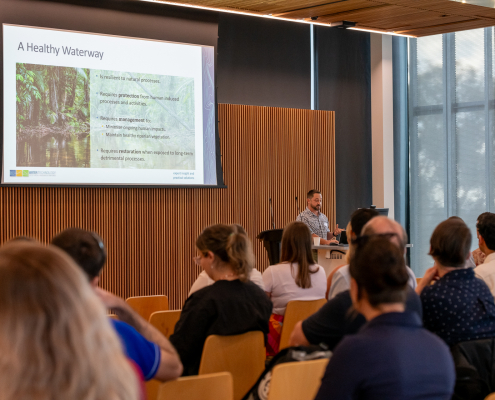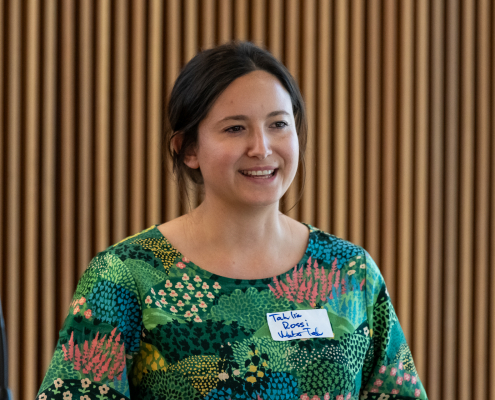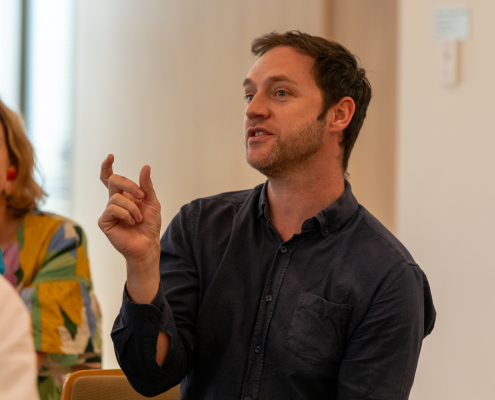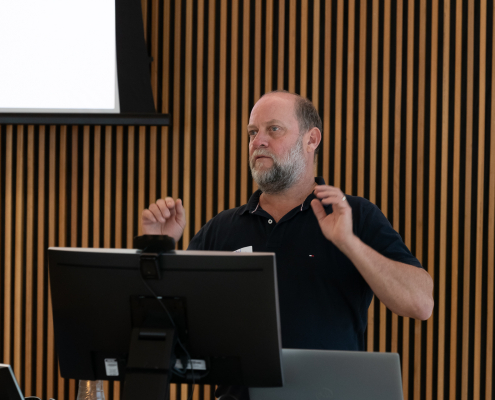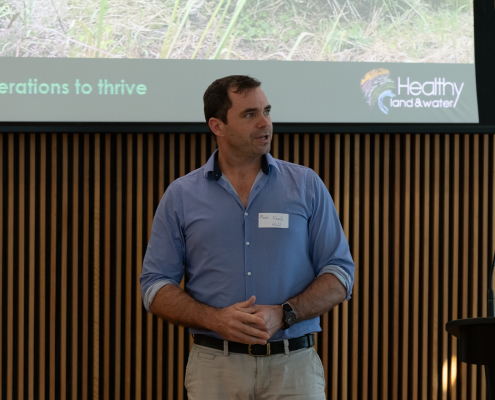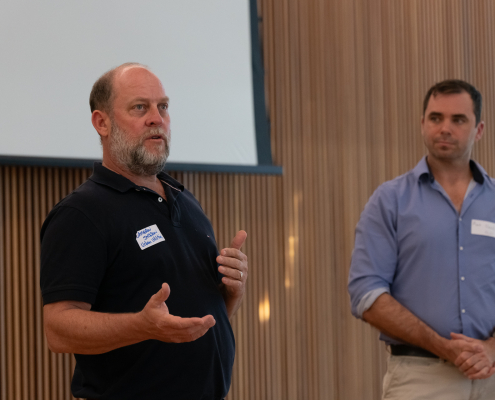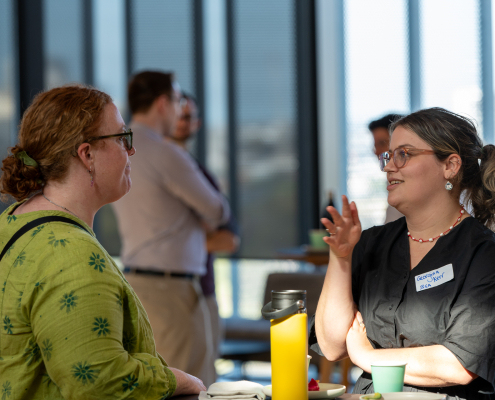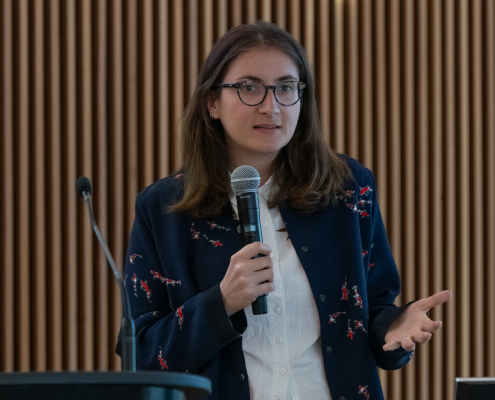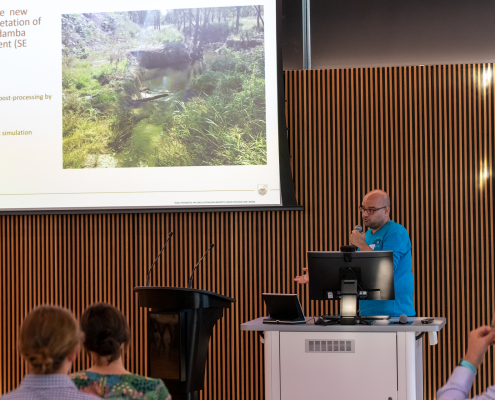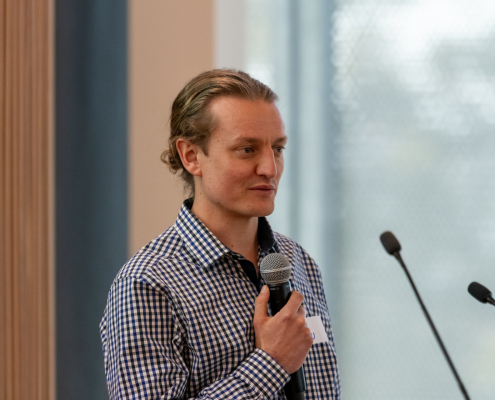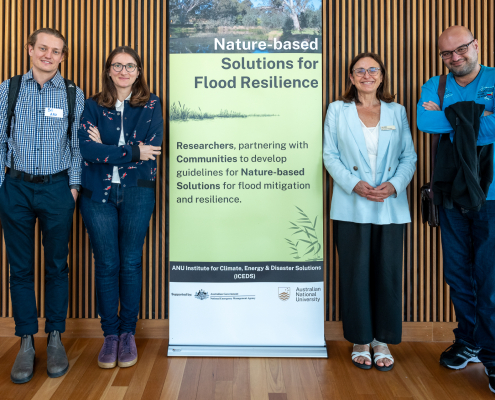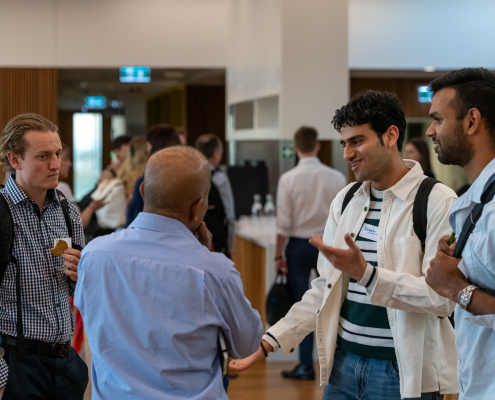Nature Based Solutions – A key jigsaw piece for catchment resilience?
Why did we focus on this topic?
Nature Based Solutions (NBS) have long been a practice of land and water management used widely. However, in recent 2 to 3 years the “label of NBS” and focus has mounted both in Australia and worldwide and there is a momentum for greater utility of this management approach. And often the description of these measures has been described by other labels such as Green Infrastructure, Nature by Design, Natural Infrastructure, Ecosystem-Based Adaptation or Water Sensitive Urban Design. So whatever background you come from, this event was an opportunity to pool all these perspectives into one discussion.
This event was designed and offered so that as a collective we could:
- Build an understanding on what are nature based solutions and why they can be part of the flood resilience portfolio of solutions and other benefits;
- Map what some of the issues are for the various organisations and professionals implementing NBS and what it means for allied stakeholders such as investors and land holders;
- Introduce and showcase various research initiatives that are underway and what is the knowledge and/or tools that can assist us all when complete.
Who came to the event
This event on Wednesday 23 August, saw 40 colleagues coming together face to face across the flood and catchment resilience sector.
They included colleagues from different parts of our broad sector and a range of various organisations, namely:
- Local Governments – Bundaberg, Ipswich, Logan, Noosa, Sustainable Brisbane
- State Government – Department of Environment and Sciences
- Water Utilities – Urban Utilities
- Consulting – Alluvium, Arup, Aurecon, DHI, e2Design, GHD, HydroBiology, Mott Macdonald, Stantec, Water Technology, WRM
- Research – University of Queensland, QUT, Griffith University and Australian National University
- NRM Groups – Healthy Land and Water
- Industry Groups – Growcom
Presentations on the different aspects of Nature Based Solutions
What are Nature Based Solutions
Starting the workshop Michael Cheethan – Principal Scientist (Geomorphologist) at Water Technology clearly outlined what constitutes a nature based solution and what are examples of roles for which they are designed.
Building on this outline Tahlia Rossi – Senior Planner – Water Technology expanded the role of Nature Based Solutions to describe the benefits they can provide. Using a framework that looks at Environmental, Social, Cultural and Economic benefits was ideal to better describe the multiple roles of Nature Based Solutions. In doing so they not only do they just benefit to flood risk reduction, but also to broader catchment resilience.
This combined presentation can be viewed here
The process and experiences of implementation
Through two South East Queensland case studies we heard what are the steps for designing and implemented on ground Nature Based Solutions and how they perform over time.
Cameron Jackson – Futures Specialist – Environment & Water at Urban Utilities described how the irrigation of effluent from a local sewage treatment plant provided the opportunity to expand the habitat of a local koala population. This matching of regular flows into this site required a range of design and modeling tasks to match the blue gum plantation needs for establishment and ongoing maintenance.
Mark Waud – Team Leader Land Restoration – Healthy Land & Water outlined a series of examples where design through green engineering was seen to offer protection and resilience to sites under erosion and destabilization from flood events. Details on Mark’s presentation can be downloaded here.
Research efforts underway to help develop ways to better consider Nature Based Solutions
Professor Ana Deletic – Executive Dean Engineering – QUT provided a snapshot of a new flood modelling tool to enable rapid simulations of comparing the performance of Nature Based Solutions, a future needed tool to help in the design phase and business case development of on ground projects.
Based on a multi case study approach to flood resilience we were happy to have an ANU team lead by Roslyn Prinsley, Astrid Vachette, Mehdi Sedighkia and Bill McAlister join us for the workshop. Their project is looking at local flood resilience case studies in Ipswich and Noosa. Along with 9 other east coast sites and their local communities, the team has a joined up series of tasks to develop and offer a set of Australian guidelines for the integration of Nature Based Solutions to increase flood resilience.
The four aspects of the project can be seen at this link.
Highlight issues coming from the discussions
In addition to the information rich presentations, the concluding panel with Chris Mooney – DES and Abel Immaraj – Aurecon and audience participation raised a number of issues, including:
- making nature based solutions a sought after options needs ongoing professional awareness of the benefits
- data on the performance of nature based solutions in Australia for flood risk reduction appear limited and if case studies results are available then ANU research team (roslyn.prinsley@anu.edu.au) would be keen for you to contact them
- the scale for implementation using nature based solutions appears extensive
- the skills, capability and operational logistics for designing and implementing nature based solutions will require ongoing investment, prioritisation and support
- highly desired is a process for co-ordination of implementation across a catchment
- collaboration and cross disciplinary approaches will be an ongoing feature for success
- forms and sources of investment need to expand
